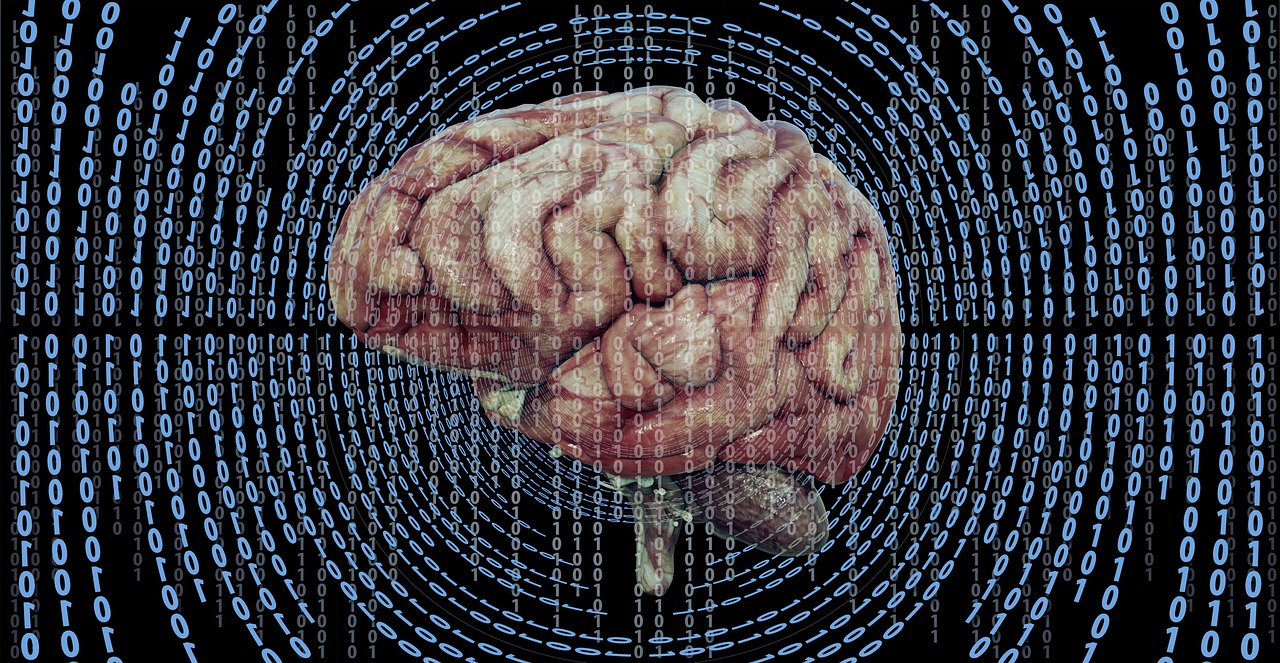Mental Health
Shining Light on Stress: Low-Intensity Light Offers Hope for Neurological Disorders

low-intensity light | (Photo : Image by Peace,love,happiness from Pixabay)
A study led by Professor Albert Giralt from the University of Barcelona sheds light on the promising application of low-intensity light therapy in addressing neurological disorders, particularly depression.
Collaborating with teams from various institutions including the University of Girona and the University of Montpellier, the research introduces a novel approach of combined photobiomodulation to simultaneously stimulate the brain and the gut, known as the gut-brain axis.
"This is one of the most innovative scientific contributions of the study: to co-stimulate in a coordinated way the brain and the gut at the same time, i.e. the gut-brain axis. Today, the area of research into the gut-brain axis is generating great scientific interest and is a very promising field for the possible treatment of diseases of the nervous system," said Giralt, a member of the August Pi i Sunyer Biomedical Research Institute (IDIBAPS) and the Network Centre for Biomedical Research on Neurodegenerative Diseases (CIBERNED), Science Daily reported.
"The new therapeutic approach focuses on this now rediscovered scenario of intervention and manipulation of the gut-brain axis to address neurological and psychiatric disorders.
Photobiomodulation, a non-invasive technology utilizing light from lasers or low-intensity sources, has been employed to activate organs with altered physiology. This study pioneers its application in depression treatment, aiming to target both the brain and the gut.
Giralt highlighted the significance of this innovative approach, emphasizing its non-invasiveness and minimal side effects compared to traditional pharmacological treatments. Developed by the company REGEnLIFE, devices for photobiomodulation have been adapted for clinical use, offering a promising avenue for patients, particularly those with treatment-resistant depression.
Furthermore, the study challenges the conventional notion that psychiatric disorders solely originate in the brain, advocating for a comprehensive understanding that includes the role of other tissues and organs. By exploring molecular mechanisms, researchers unveiled how photobiomodulation can reverse cognitive effects of chronic stress, restoring physiological pathways and normalizing diversity in the intestinal microbiota.
Researcher Anna Sancho-Balcells, the article's first author, noted, "Previous studies showed the SIRT1 pathway is altered in stress and depression models, but how photobiomodulation works remained unknown. Our study found it's the most affected pathway in certain brain regions under chronic stress, and photobiomodulation can restore it."
Moreover, photobiomodulation demonstrated superior efficacy in dual brain-gut stimulation compared to gut-targeted interventions alone. Professor Xavier Xifró, from the TargetsLab research group at the Faculty of Medicine of the University of Girona, underscored the role of photobiomodulation in ameliorating neuroinflammatory processes, saying, "The associated cellular mechanisms seem to be linked to the improvement of neuroinflammatory processes. Thus, the changes observed in the microbiota are strongly associated with some changes in neuroinflammation (for example, microgliosis and astrogliosis, which occur through the inflammation of specific cells of the nervous system)."
Looking ahead, the research team wants to translate these findings into clinical applications, particularly in the realm of depression treatment. Photobiomodulation holds promise as an adjunctive therapy for treatment-resistant depression, offering a non-invasive and well-tolerated alternative to conventional pharmacotherapy.









Join the Conversation